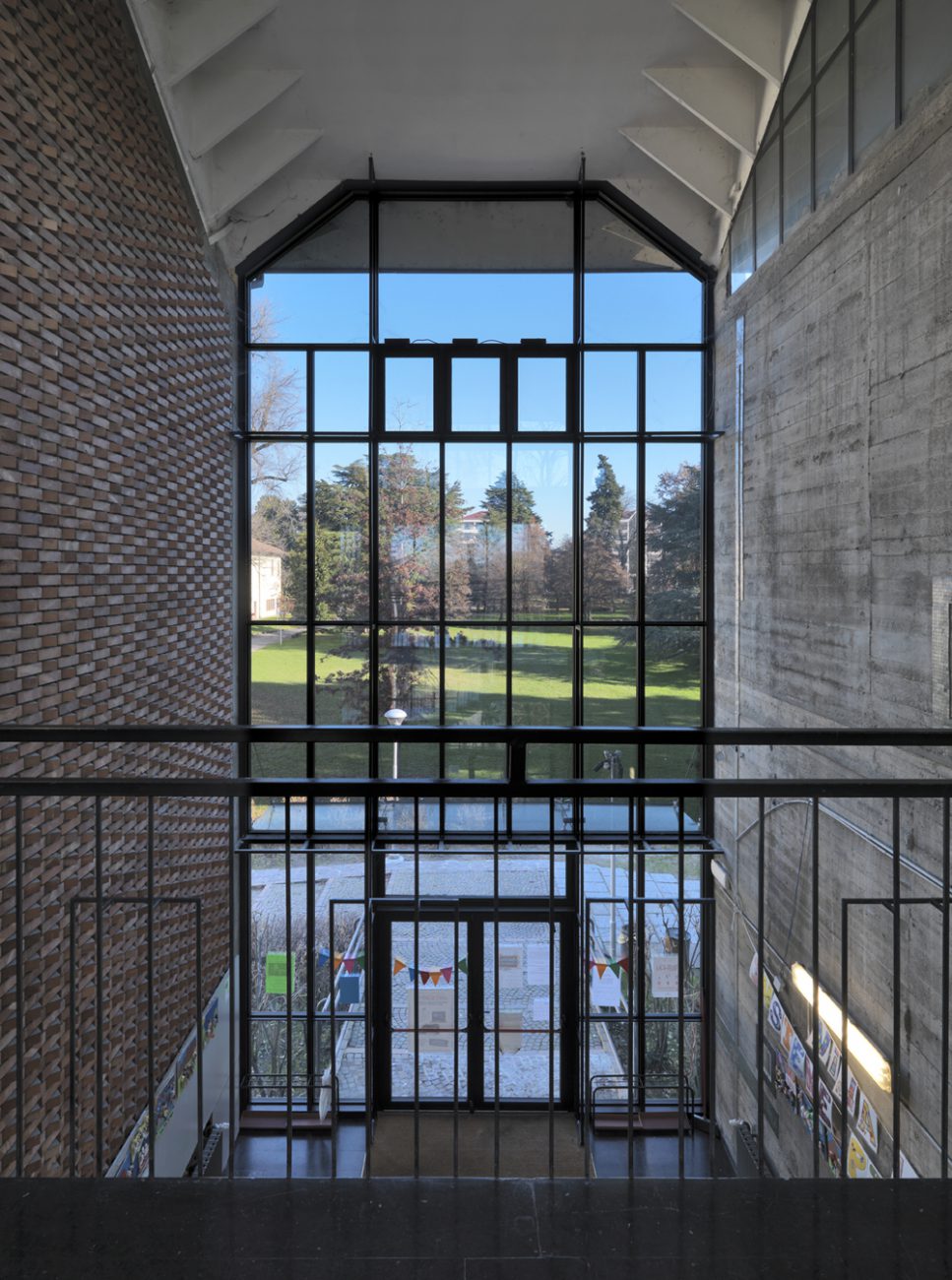Named after the neoclassical poet Giuseppe Parini, the school is located in the historic park of the eighteenth-century Villa Durini, which houses many municipal public services, and occupies the so-called Plesso a Vetri, a three-level building with a load-bearing structure made of exposed reinforced concrete
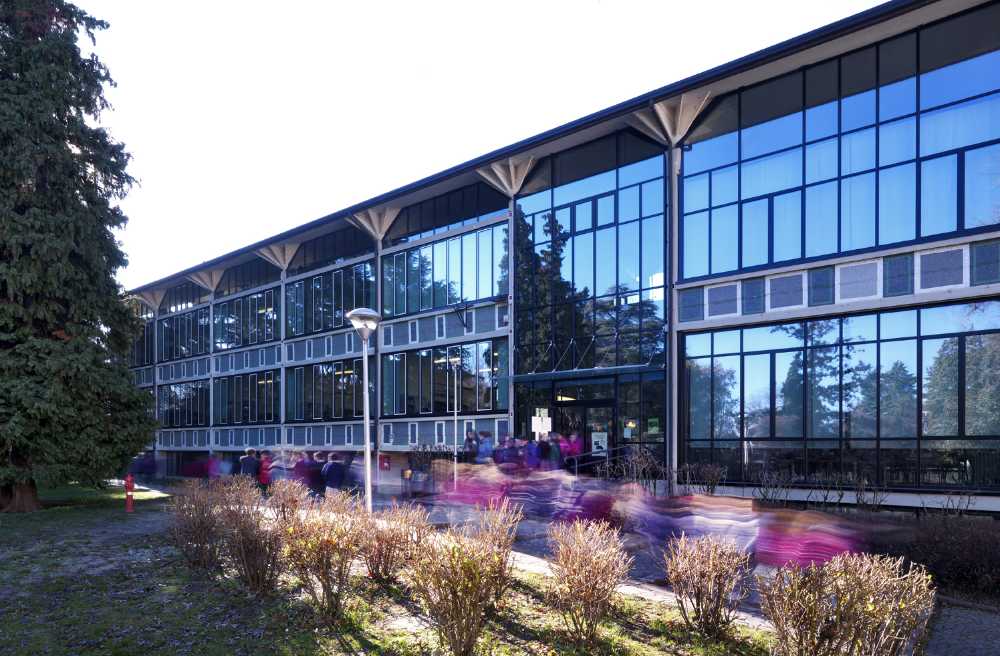
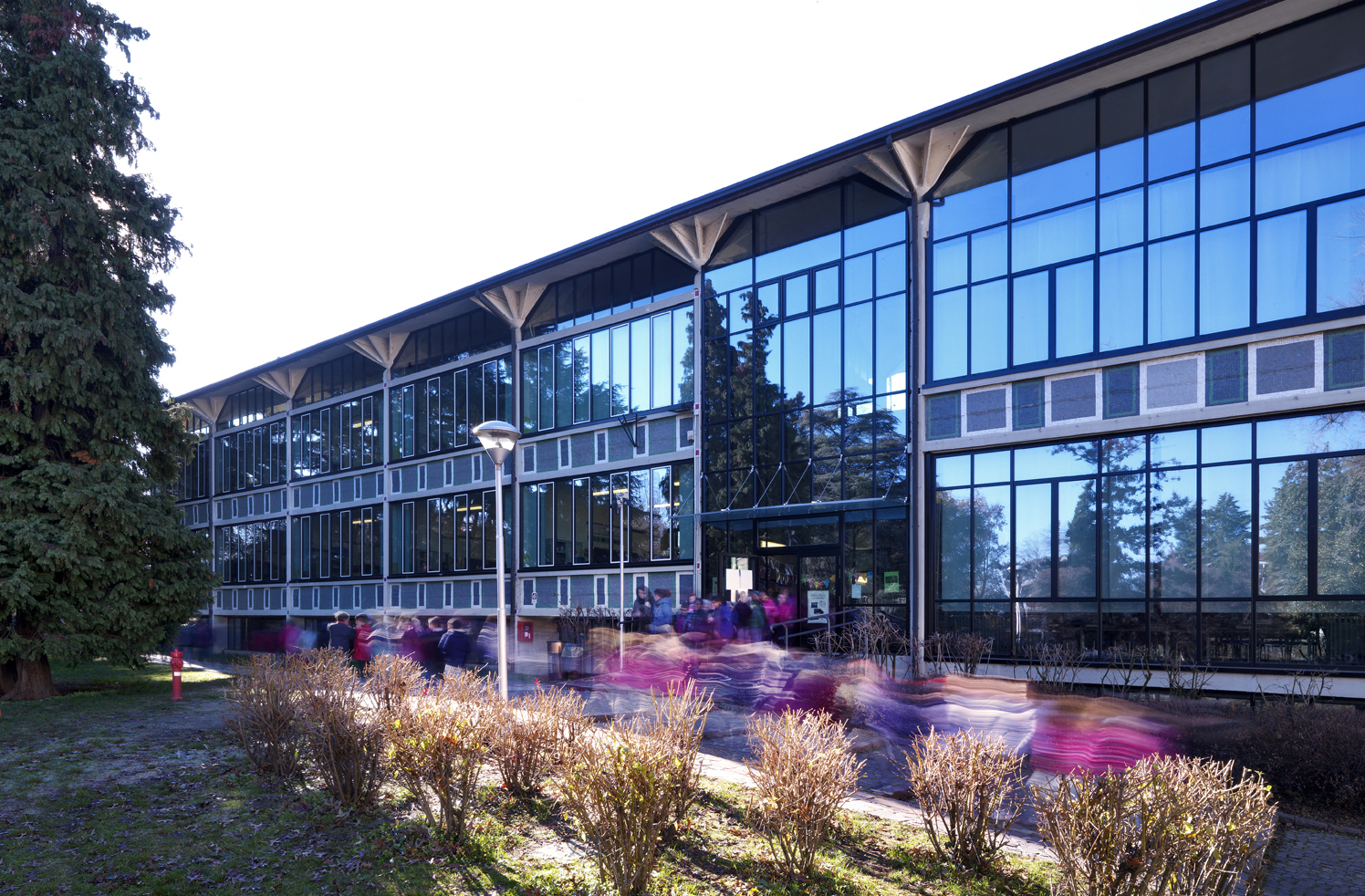
Primary school near Varese. Recovery between quality and energy performance
The project for the Elementary School of GorlaMinore in the province of Varese is exemplary not only for the quality and performance that distinguish the products used, but also for the architecture and design that distinguish it
- #Europe
- #Italy
- #Building recovery
- #Primary school
- #Metal
- #Glass
- #Architectures
- #Renovation

A delicate intervention to replace old windows with new thermal break solutions that maintain the distinctive architectural image: Schüco Italia renovates the facades of the Parinischool in GorlaMinore (Va), a successful example of energy requalification

The replacement of existing windows and doors with new, higher-performance products significantly improves the environmental conditions inside buildings and drastically reduces consumption. This is one of the most widespread energy requalification interventions today, due to both the high ratio between benefits and costs and the minimal intrusiveness of the works. In the case of public buildings, the replacement of windows and doors and the installation of shading devices are among the interventions promoted by the ContoTermico, provided that the works allow an improvement in the thermal insulation characteristics of the transparent parts of the building envelope
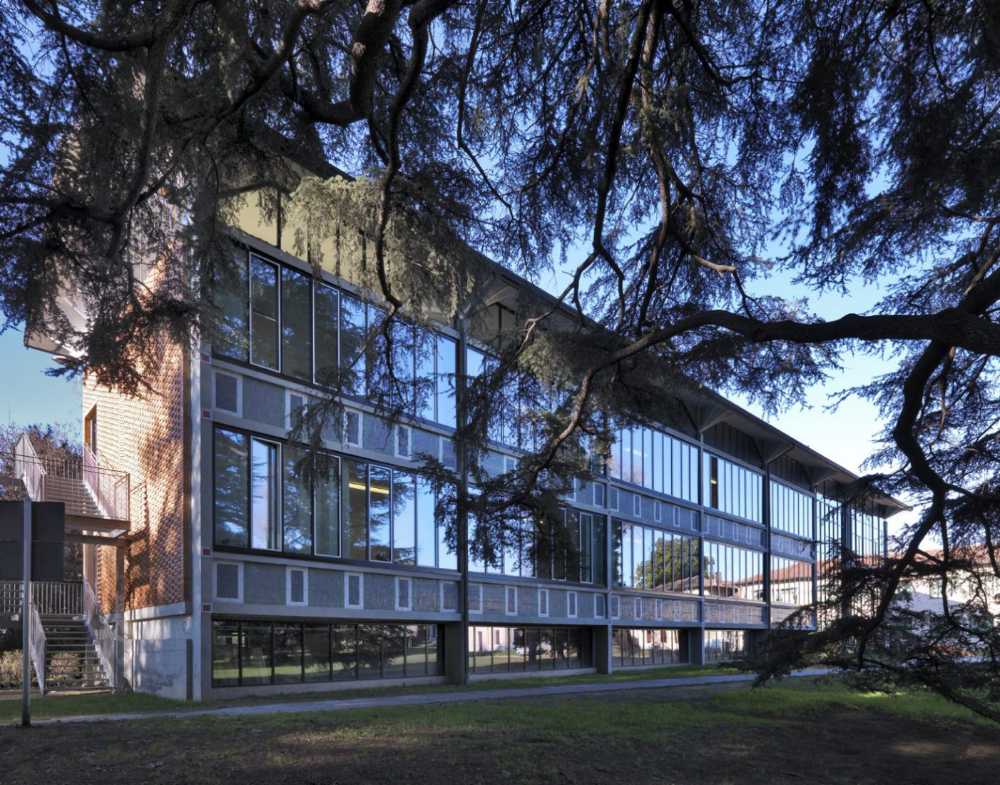
Designed by the architect, painter and sculptor Enrico Castiglioni, the Plesso a Vetri is a rare and interesting example of a modernist school building, which came into operation in 1963 and is now subject to monumental constraints due to the uniqueness of its architectural concept

Inspired by the styles of post-war Scandinavian architecture, the simple and light forms of the school are distinguished by the extreme transparency of the façades, characterized by large windows that flood the rooms with natural light and promote the perception of the surrounding green spaces, emphasizing the direct relationship between the interior and exterior
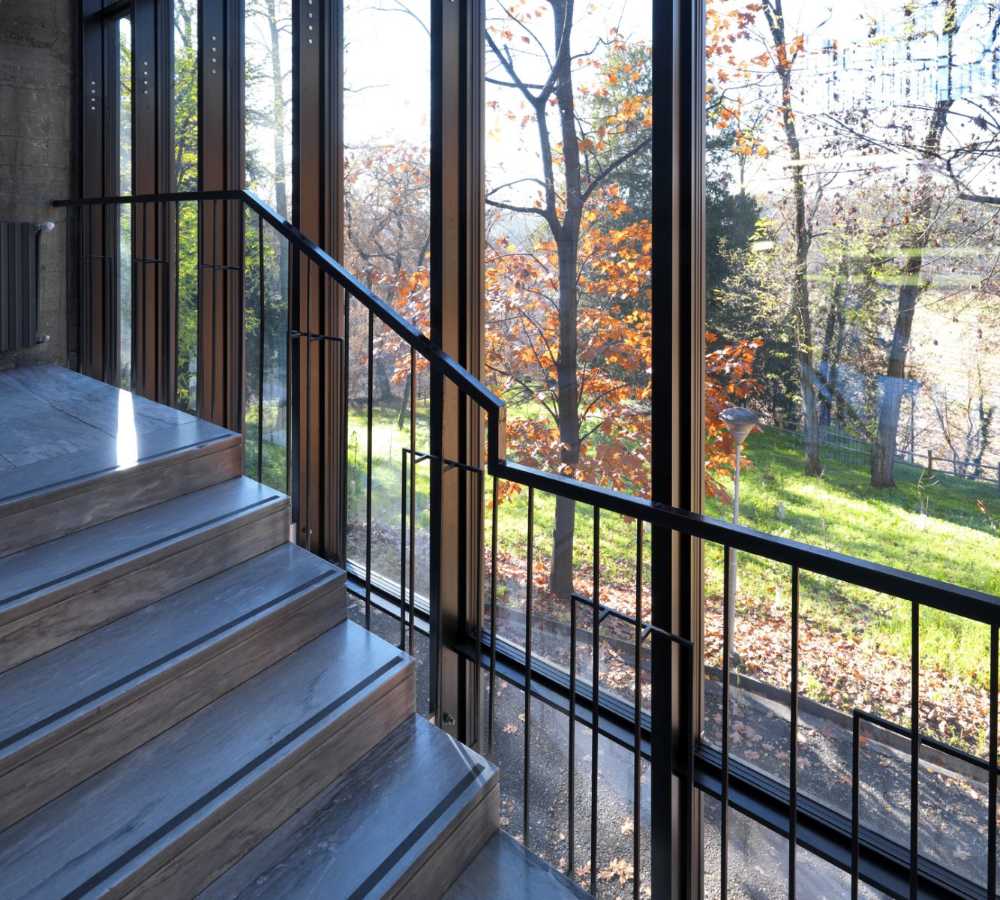
In spite of the extraordinary quality of the design, after more than fifty years the glazed components - made of steel profiles without thermal insulation and equipped with simple double glazing (6-8-6) or single glazing - revealed their inadequacy with respect to the contemporary requirements of user comfort and energy consumption

Thanks to the commitment of the Public Works Service directed by arch. Carlo Maria Gatti, who oversaw the preliminary design and the technical and administrative procedure, the municipality has recently been able to embark on the works for the complete replacement of fixed and movable doors and windows
